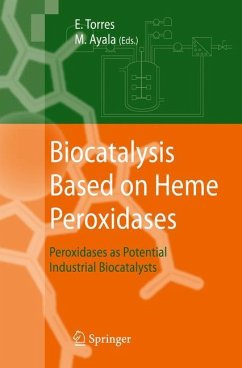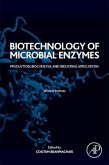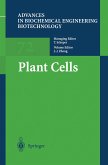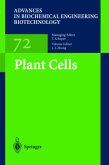The last systematic description of heme peroxidases was published in 1999 by Brian Dunford, from the University of Alberta in Canada. The book Heme per- idases covers discussion on three-dimensional structure, reaction mechanism, kinetics, and spectral properties of representative enzymes from bacterial, plant, fungal, and animal origin. Since 1999, vast information on basic but also applied aspects of heme peroxidases has been generated. We believe fusion of these two aspects will bene?t research of those dedicated to development of biocatalytic process. The aim of this book is to present recent advances on basic aspects such as evolution, structure-function relation, and catalytic mechanism, as well as applied aspects, such as bioreactor and protein engineering, in order to provide the tools for rational design of enhanced biocatalysts and biocatalytic processes. The book does not include an exhaustive listing of references but rather a selected collection to enrich discussion and to allow envisioning future directions for research. This book is organized in three parts. In Part I, current knowledge of structure and mechanism of peroxidases is covered. From the molecular phylogeny, going through the in?uence of structural factors over oxidative ability to the molecular mechanism of catalysis, the authors intend to provide an understanding of per- idases at the molecular level. The understanding of the fundamental behavior of peroxidases will allow further adequation, design, and/or optimization of pero- dase-based catalysis to a particular process. In Part II, research on potential applications of peroxidases in several ?elds is presented and discussed.








